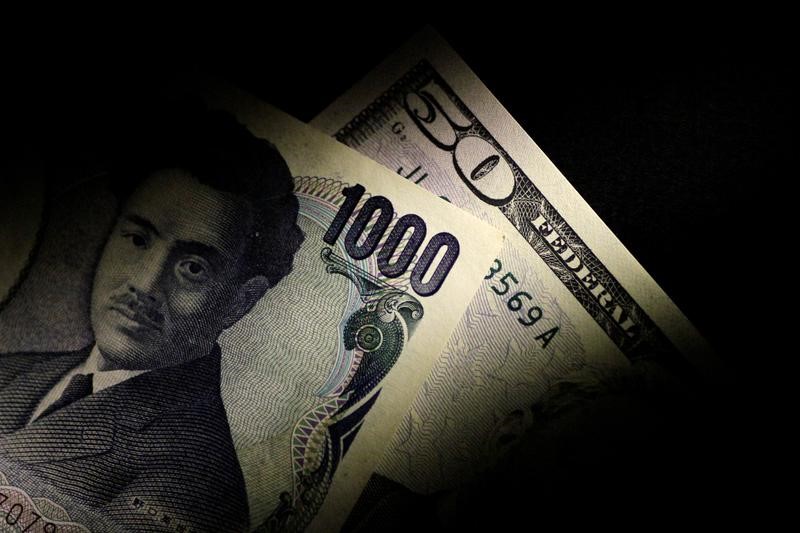Investing.com — Most Asian currencies moved into a flat-to-low range on Tuesday, with the Japanese yen hitting its weakest level since late July, while the dollar stabilized near recent highs with a focus on interest rates and the upcoming presidential election .
Regional currencies pared losses over the past two weeks as increased bets on a slower pace of Federal Reserve rate cuts boosted the dollar. Several comments from policymakers also expressed a cautious stance on future rate cuts.
Stimulus measures from China have done little to boost sentiment towards Asia, while the yuan weakened this week after the People’s Bank of China cut rates slightly more than expected.
Japanese Yen Weakens, USDJPY Near 151
The Japanese yen was hit hardest by recent doubts about US interest rates, mainly due to growing uncertainty about the Bank of Japan’s ability to raise rates further this year.
The yen pair rose 0.1% on Tuesday to trade just below 151 yen, the highest level since late July.
The yen weakened even as Japanese officials issued verbal warnings about possible government intervention.
The yen’s weakness came as a change in Japanese government leadership raised doubts about whether the BOJ could raise rates further. The new Prime Minister Shigeru Ishiba explicitly stated that the Japanese economy cannot cope with further interest rate increases.
Ishiba called early elections, which will take place later in October. The BOJ will also meet at the end of this month.
The figures are expected later this week and are expected to play a role in the interest rate outlook.
Broader Asian currencies were mostly weaker. The Chinese yuan pair rose 0.1% and was close to a two-month high after the PBOC cut its benchmark on Monday.
The Australian dollar pair rose 0.3% as it recovered from four weeks of heavy losses. The South Korean won pair rose 0.2%, while the Indian rupee pair remained above 84 rupees, near record highs.
Dollar Near August High Amid Interest Rates, Election Uncertainty
Both stabilized in Asian trading after reaching their highest levels since early August.
The dollar was supported by safe-haven demand as traders turned risk averse with about two weeks to go until the 2024 presidential election. Recent polls showed a tight race between Donald Trump and Kamala Harris.
The dollar was also supported by growing expectations that the Fed will cut rates at a slower pace. Traders broadly positioned for a 25 basis point cut in November, smaller than the 50 basis point cut shown in September.


